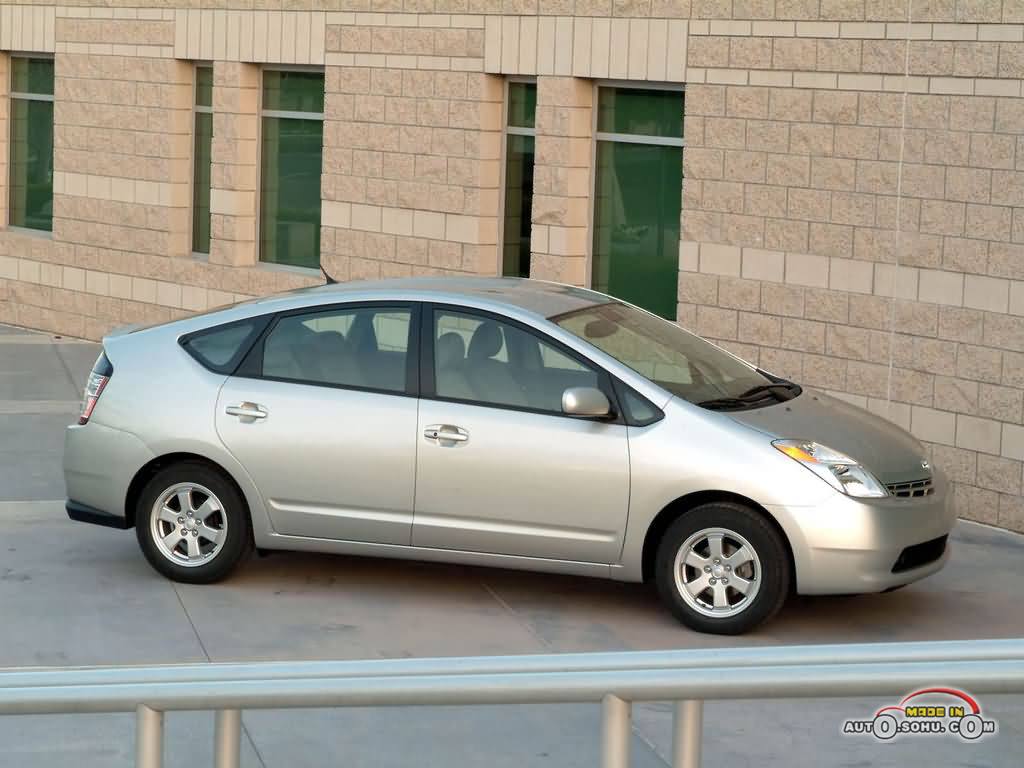 What’s With the New MPG Standards?
What’s With the New MPG Standards?Americans love big things. Big houses, big estates, big cars – yes, all BIG.
But if the new energy bill will be passed, the American trend will be reversed.
The bill proposed by top Democrats late Friday to augment average new vehicle fuel economy to 35 miles per gallon by 2020. It means that American cars will get smaller and possibly more costly. The proposed bill would require American automakers to produce fuel-saving vehicles such as hybrids, diesels and gasoline direct-injection systems that boost the efficiency of internal-combustion motors.
So expect more Toyota Prius, Honda Fit and other similar vehicles on the road. But does this mean the end of SUVs and pickups?
Nah-ah. SUV and pickup lovers won’t necessary be disappointed. Auto state law makers, spearheaded by House Energy and Commerce Chairman John Dingell, a Michigan Democrat, guaranteed that automakers will have regulatory maneuvering room to continue offering bigger vehicles, and potentially some federal subsidies to offset the costs of overhauling their factories and fleets.
The auto industry's acquiescence to the proposed 35-mpg target signals that auto makers -- who've long warned of economic doom from stricter mileage regulations -- believe they have the flexibility to meet the challenge, said The Wall Street Journal. Moreover, the persistence of $3 and up gasoline prices, and popular concern about climate change and energy security, have begun to shift consumers buying patterns toward more fuel-efficient models anyway, the report added.
"There are tough, new ... standards contained in the energy bill before Congress that pose a significant technical and economic challenge to the industry," said General Motors Corp. CEO Rick Wagoner. "But, it's a challenge that GM is prepared to put forth its best effort to meet with an array of engineering, research and development resources."
There’s no question about it, automakers will definitely entertain lineup modification. As they go about their plans, the thinking will be mileage.
Concentration on the 0-60 performance, big engines and large horsepower numbers will diminish. The balance will tilt toward improving mileage, an automaker official told the WSJ. Powerful sports cars like the iconic Ford Mustang could become endangered, Global Insight said, though exactly how auto makers will recalibrate their product mix remained unclear.
For starters, that likely means more gasoline-electric hybrids in dealer showrooms. Hybrids garner only 2% of the U.S. light-vehicle market today, but the broad effect of the mileage deal reached on Capitol Hill late last week could push that market share to 25% by 2020, said the Global Insight.
According to the Union of Concerned Scientists, assuming a 35-mpg target average, consumers could expect to save nearly $22 billion a year in gasoline costs, assuming a price at the pump of $2.55. But the introduction of advanced technologies by auto makers to meet that target won't come without costs. Price premiums for advanced-technology autos could exceed $5,000 on average, automakers said.
Compared to the maker of Acura CL EGR valve, the new mileage bill will be etching a big challenge for Detroit’s Big 3. They have to efficiently manage their production and polish their lineup. It will never be easy. But if the bill is approved, their will be no exit.